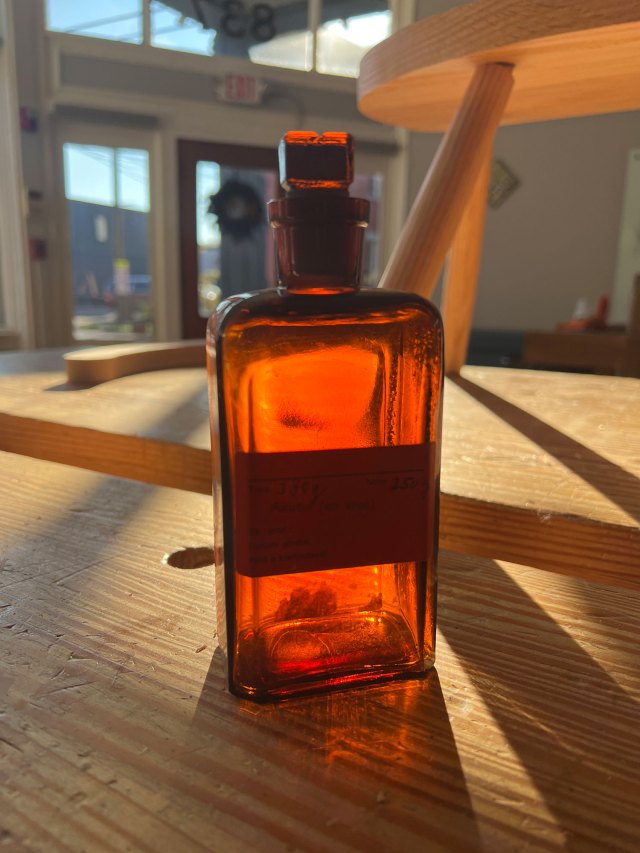
Our storefront – 837 Willard St. Covington, Ky. 41011 – will be open to the public from 10 a.m. to 5 p.m. this Saturday (Nov. 26). We will have our complete line of books and tools there for you to inspect, plus a somewhat-special giveaway for the first 144 customers.
(Uhhh, it’s a free jumbo eraser, branded with our logo. That’s the plan at least, if we don’t burn down the shop while branding these erasers.)
We’ll have some snacks and beverages. And if you ask to “see the clock” and are over 21 years of age, we will escort you to the machine room for a special treat.
Mostly it’s a chance for people to come and see the shop, check out our tools and workbenches and gab about woodworking. Lord knows what else we’ll have sitting around. There’s a Gibson chair on one of the benches. I’m making a staked dining table. And Megan has a weird orange rag on her bench you can ask questions about.
There are lots of great new places to eat while you are here. Right down the street we have The Empanada’s Box, which has great savory and sweet empanadas. Try Olla, a new Mexican place a couple blocks away – great birria tacos. Plus The Standard, Mama’s on Main and Cedar. You will not go hungry in Covington.
Also if you want the full Covington experience, we also recommend visiting Hail Dark Aesthetics, Earth 2 Kentucky and Hierophany and Hedge. All within walking distance.
And do finish the day with some gelato from Golden Gelato on Pike Street. Legitimately the best gelato I’ve ever had.
Hope you can make it! The next Open Day will be in the summer 2023.
— Christopher Schwarz









